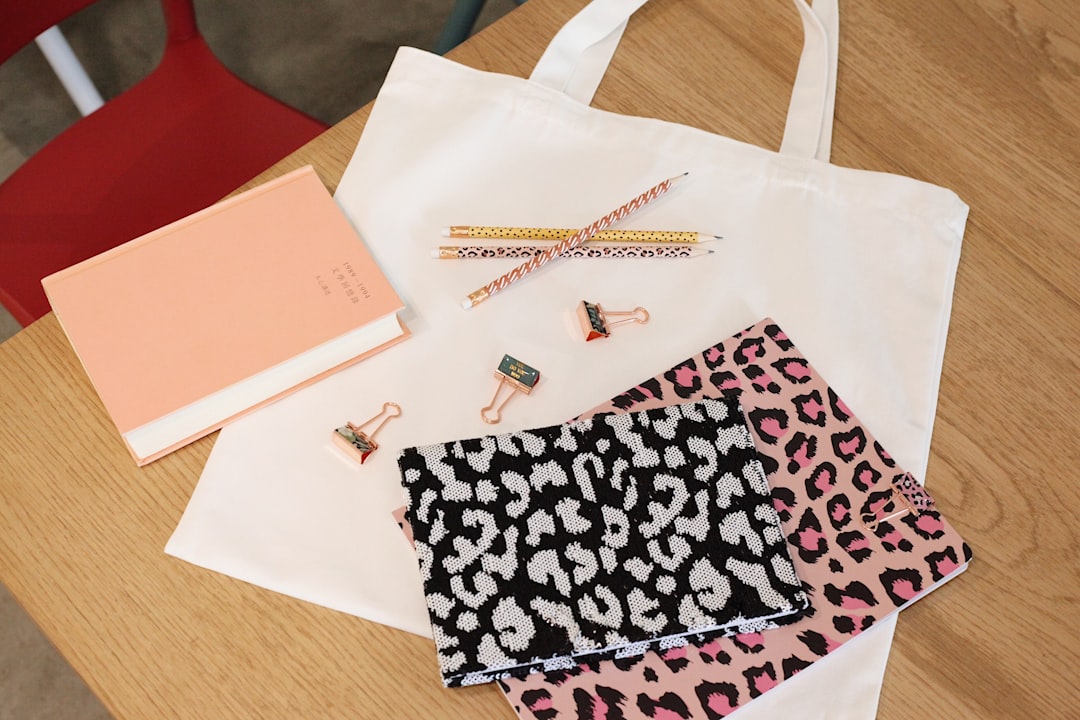Table of Contents
Hone Your Narrative
Art and humanities presentations often hinge on a compelling narrative. Storytelling is an art form in itself, and incorporating this into your presentations can make your material come alive. When discussing historical events, literary analysis, or aesthetics, weave a story that connects the dots. This humanizes the subject matter, making it more relatable to your audience. TED Talks, known for powerful storytelling, can serve as a fantastic learning resource (TED).
Know Your Audience
The first rule of an engaging presentation: know who you're talking to. The needs of a classroom full of arts undergraduates differ significantly from those of a gathering of seasoned art historians. Take the time to understand the background and expectations of your audience. The more tailored your presentation, the more impactful it will be.
Simplify Complex Ideas
Arts and humanities encompasses intricate theories and abstract concepts. Your challenge is to distill these complexities into digestible bites without oversimplifying. Use metaphors, analogies, and vivid examples to clarify your points. Take a cue from Harvard Business Review's guidelines for simplifying complex ideas.
Leverage Technology
In our digital age, technology plays a pivotal role in education. Employing AI-powered software in crafting your presentations can enhance understanding and retention. Imagine a tool that can suggest relevant historical artworks or literary examples based on your lecture topic. This isn't just a fantasy; platforms like College Tools take this a step further by offering advanced software designed to support interactive learning, directly accessible from their software page.
Make it Interactive
The days of passive listening are over. Today's audiences want to participate. Polls, quizzes, and Q&A sessions are great ways to maintain engagement. Mobile apps or platforms that facilitate real-time interactions can turn a monologue into a dialogue, giving a voice to everyone in the room.
Use Visual Aids Wisely
Visuals are potent tools in the arts and humanities, but they can be a double-edged sword. Overload your slides with images or text, and you'll lose your audience. Choose visuals that complement your narrative and elucidate complex points. A well-placed image or chart can speak volumes.
Master the Art of Delivery
Your delivery can make or break your presentation. Modulate your voice, make eye contact, and use body language to express enthusiasm for your subject. Rehearsing your presentation in advance will make you more confident and fluid during the actual event.
Incorporate Feedback Loops
Embrace feedback as a tool for growth. Use surveys or informal discussions to gain insights into what works and what doesn't. This will help you improve and tailor your approach to different audiences.
Embrace Minimalism
In presentations, less is often more. A minimalist approach allows your content to shine without the distraction of unnecessary frills. Whether it's slide design or the amount of textual information, practicing restraint can make your key points stand out.
Cultivate An Atmosphere
The best presentations often leave an emotional imprint. Create an atmosphere that resonates with your topic. This could mean playing a piece of music relevant to the era you're discussing or filling the room with artwork that complements your thesis.
Presentation Hacks and Tips
- Start and end with a powerful hook and takeaway.
- Use pacing to emphasize your key points.
- Introduce unpredictability to keep the audience intrigued.
- Strategies like the PechaKucha 20x20 format can sharpen your delivery.








